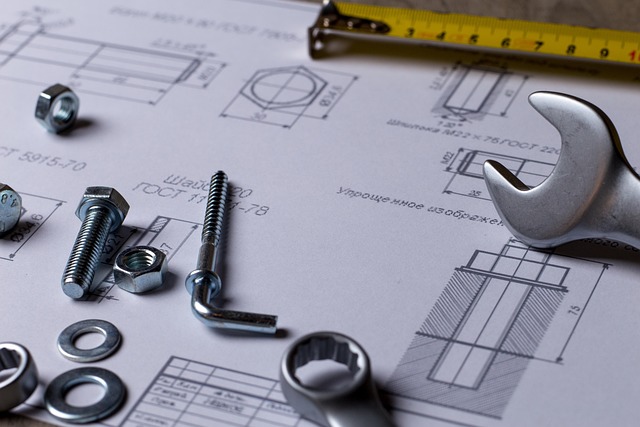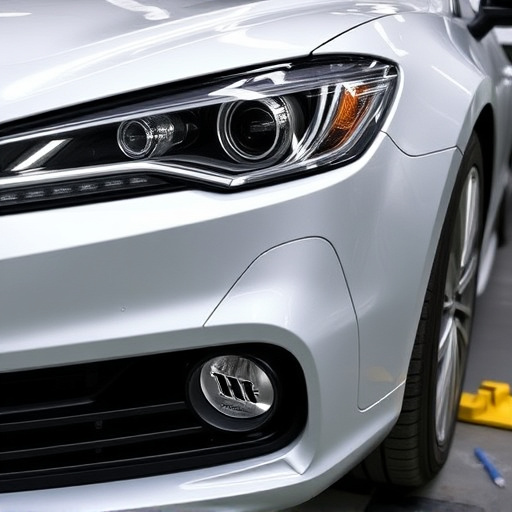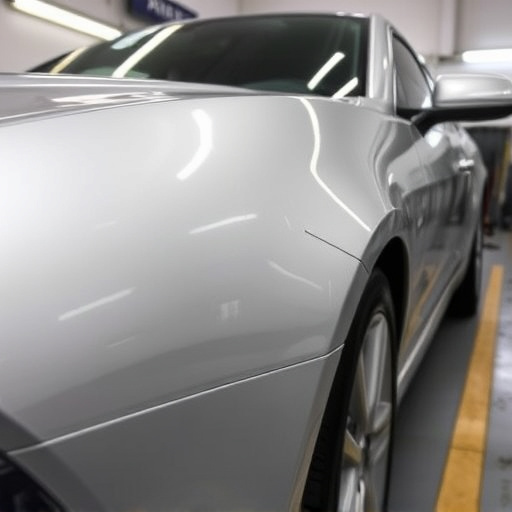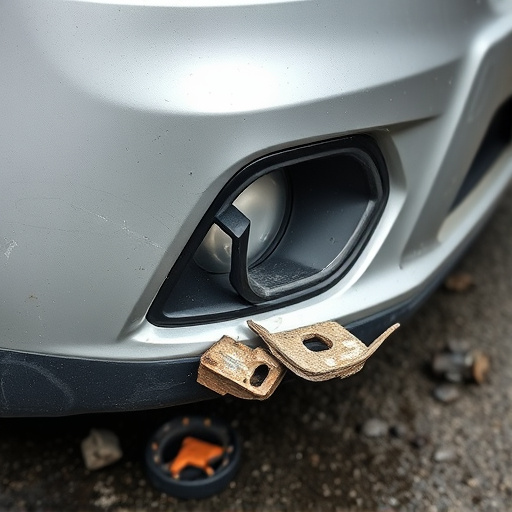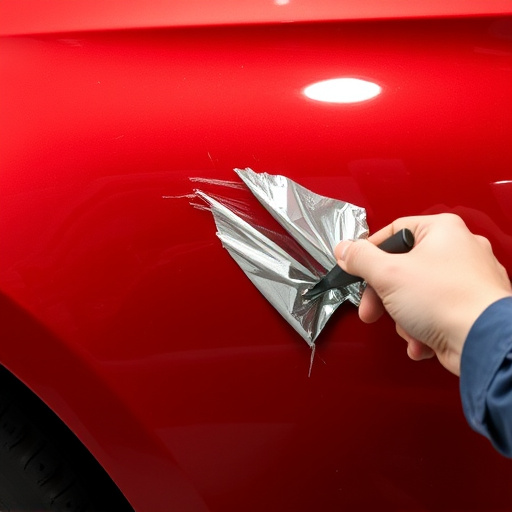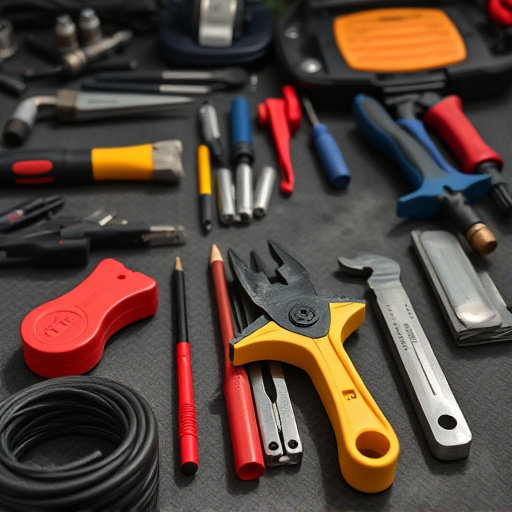The dent removal process is undergoing a green revolution. Traditional methods, harmful to the environment due to chemical use and energy consumption, are being replaced by sustainable alternatives like paintless dent repair and eco-friendly compounds. This shift reduces pollution, waste, and health risks, while offering healthier work environments and contributing to environmental conservation in the automotive industry. Consumer demand for greener options further drives this evolution.
In today’s eco-conscious world, even dental procedures are evolving to minimize environmental impact. This article explores the significance of eco-friendly practices in the dent removal process, shedding light on the potential harm caused by traditional methods and offering sustainable solutions. From understanding the environmental footprint of conventional dent removal to discovering innovative, eco-conscious techniques, we delve into best practices that promote both patient health and planetary well-being.
- Understanding the Environmental Impact of Traditional Dent Removal
- Eco-Friendly Alternatives: Sustainable Solutions for Dent Extraction
- Best Practices for Eco-Conscious Dent Removal Techniques
Understanding the Environmental Impact of Traditional Dent Removal
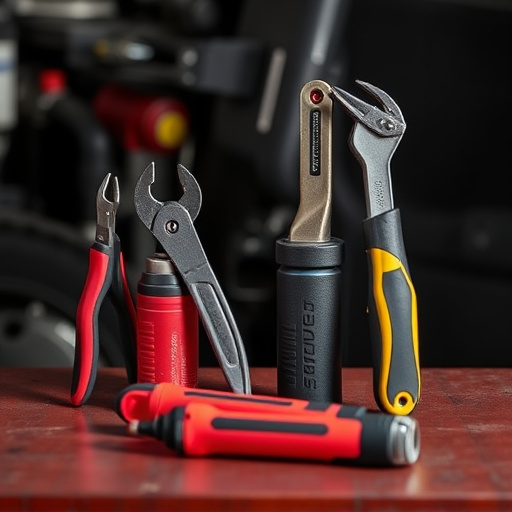
The traditional dent removal process has long been associated with significant environmental consequences. The conventional method involves extensive use of chemicals and energy-intensive techniques, contributing to pollution and carbon emissions. During the auto painting and car dent repair stages, volatile organic compounds (VOCs) are released into the atmosphere, posing risks to both human health and the surrounding ecosystem. Moreover, the disposal of waste materials generated from these processes can lead to soil and water contamination if not managed properly.
Understanding the impact on the environment is crucial as it highlights the need for more sustainable alternatives. This awareness prompts the exploration of eco-friendly practices, such as paintless dent repair, which offers a greener approach to dent removal. By minimizing chemical usage and energy consumption, these innovative methods aim to reduce the carbon footprint associated with traditional car dent repair, promoting a more harmonious relationship between automotive care and environmental preservation.
Eco-Friendly Alternatives: Sustainable Solutions for Dent Extraction

The dent removal process is undergoing a green transformation with the emergence of eco-friendly alternatives. Traditional methods often rely on toxic chemicals and energy-intensive machinery, contributing to environmental harm. However, sustainable solutions are now available that offer both effective dent extraction and reduced ecological impact. These include innovative tools and techniques utilizing renewable resources, such as water-based compounds and biodegradable materials, to minimize waste and pollution associated with autobody repairs.
By adopting these greener practices, the automotive industry can move towards more sustainable vehicle paint repair and car body restoration processes. Eco-friendly alternatives not only benefit the environment but also contribute to a healthier workplace by reducing exposure to harmful chemicals. This shift reflects a growing awareness of the interconnectedness between environmental conservation and responsible manufacturing practices, ensuring a brighter future for both industries and the planet.
Best Practices for Eco-Conscious Dent Removal Techniques
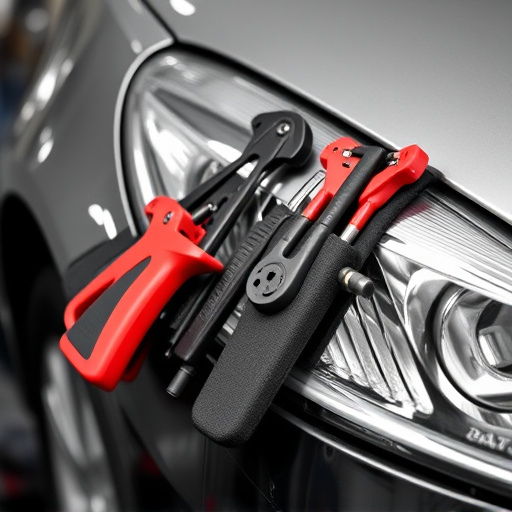
In the realm of dent removal, eco-friendly practices are gaining traction as both consumers and businesses become more conscious of their environmental impact. Best practices for eco-conscious dent removal techniques focus on minimizing waste, using environmentally friendly materials, and adopting energy-efficient processes. One key approach is to leverage advanced tools and technologies that allow for precise repairs, reducing the need for excessive material removal and subsequent waste generation.
Auto body shops and car body repair professionals play a pivotal role in promoting eco-friendly dent removal by adhering to sustainable practices throughout the process. This includes using biodegradable or recycled cleaning agents, opting for water-based paints and low-VOC (volatile organic compound) finishes, and implementing efficient drying methods. By integrating these strategies, auto maintenance facilities can significantly reduce their environmental footprint while still providing high-quality repairs, catering to both eco-conscious consumers and the growing demand for sustainable auto body shop operations.
In light of the above discussions, it’s clear that adopting eco-friendly practices in the dent removal process is both feasible and essential. By understanding the environmental impact of traditional methods and exploring sustainable alternatives, dental professionals can significantly reduce their ecological footprint. Best practices for eco-conscious techniques include utilizing biodegradable materials, minimizing waste, and choosing energy-efficient equipment. These steps not only contribute to a greener planet but also foster a healthier, more harmonious relationship between dentistry and the environment.

